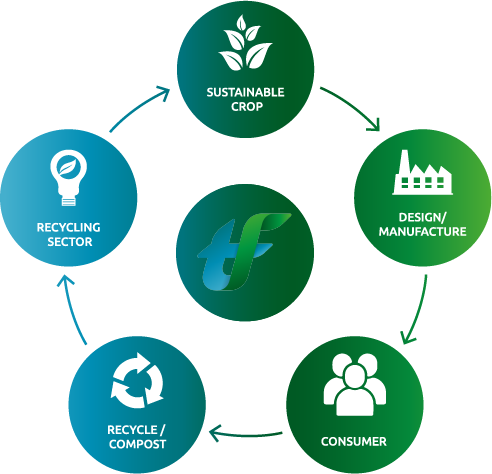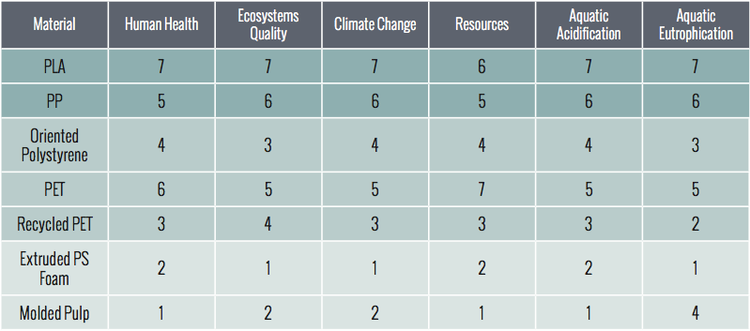Sustainable Packaging for a Circular Economy
Sustainable Packaging For A Circular Economy
12 billion tons of flexible packaging end up in the trash each year, and recycling is not cutting it.
On a global scale, pulp fibre is more widely recycled then plastics. In fact, over 65% of paper and pulp is recycled annually compared to plastics (not including PET) which is less then 8% recycled annually. Countries that either have a robust recycling system (European) or have a fibre shortage (Middle East and Far East) are averaging over 80%.
A primary reason that fibres are easier to recycle is because mixed paper can be processed, whereas mixed plastics cannot. Newsprint or corrugated medium can contain fibre that came from many sources such as office waste, newspapers, pulp packaging, cardboard boxes etc… something that is not possible with a cross section of household or hospital plastic waste.
Keep in mind, pulp products also have less of an impact on the environment. Pulp comes from sustainable resources. This is substantial when comparing to plastics which are made from a by-product of petroleum.
Over 200 million tonnes of plastic stays in the environment every year, either as landfill or in the oceans, and it’s estimated that it will remain there for around 400 years.
In some instances plastic takes less energy to make than paper/pulp. In such scenarios pulp needs to be recycled three times compared to plastic to equal the carbon footprint of plastic. However, this does not take into account the end of life impact of plastic.
Paper and pulp break down in the environment, plastic doesn’t…
64%
of Paper/Pulp is Recycled
8%
of Plastic is Recycled

Circular Economy
At ThermoFibre, we are taking on the challenge each day to make a positive difference on the environment with the products we make.
In general, our packaging formulations and products are EN13432 certifiable. We are currently conducting analysis of home compostability certification.
We manufacture pulp products made from natural fibers using our core source materials
- Eucalyptus
- Bamboo
- De-inked Recycled Pulp
- Bagasse (sugarcane pulp)
- New KLS
Life Cycle Analysis
Pulp products have a lesser impact on the environment than plastic. Plastic is a by-product of petroleum extraction. Bioplastics are more environmentally friendly in their manufacture, however, they still have a harmful impact on the environment at the end of life cycle. PLASTICS VS. PULP: RANK FROM LEAST/BEST (1) TO MOST/WORST (7) IN EACH DAMAGE/IMPACT CATEGORY - Ref: Comparative LCA of food packaging products' (2009) interuniversity Research Centre for the Life Cycle of Products, Processes and Services (CIRAIG)

Environmentally Friendly
- ISO14001:2001 accredited
- 670㎡ of clear roof paneling optimising daylight
- 100% pallet recycling through recovery and repair
- Fuel efficiency through driver training, vehicle utilisation and routing
“The Earth is what we all have in common” - Wendell Berry